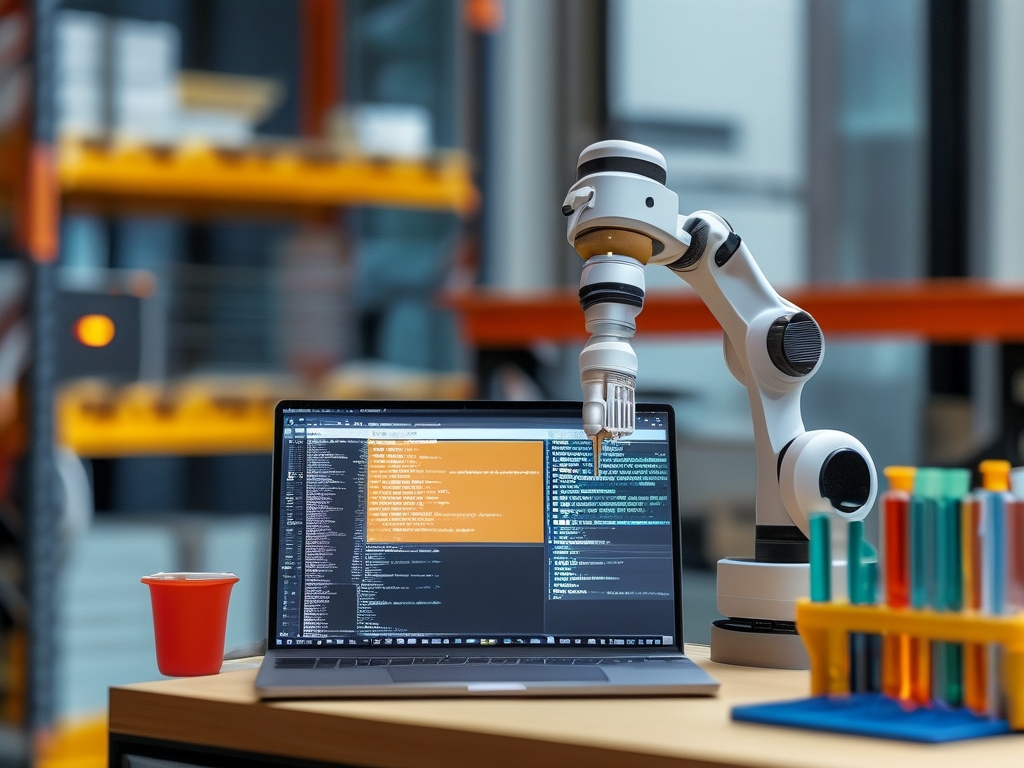In the rapidly evolving landscape of IT infrastructure management, automated probe deployment has emerged as a critical enabler of efficiency, scalability, and reliability. Probes-lightweight software agents designed to monitor system performance, network health, or application behavior-are indispensable for maintaining visibility across complex environments. However, manual deployment and configuration of these probes often lead to inconsistencies, human errors, and operational bottlenecks. This article explores how automation is revolutionizing probe deployment workflows, the technologies driving this transformation, and the tangible benefits organizations can achieve.

The Challenges of Traditional Probe Deployment
Deploying probes manually involves multiple pain points. First, IT teams must account for diverse environments: hybrid clouds, edge devices, and containerized clusters each require unique configurations. Second, scaling deployments across thousands of nodes becomes impractical without standardized processes. Human errors in scripting or configuration files can trigger cascading failures, while version mismatches between probes and target systems create compatibility issues. Additionally, maintaining consistency in security policies and compliance checks across manually deployed probes is nearly impossible at scale.
The Rise of Automation Frameworks
Automated probe deployment addresses these challenges by leveraging infrastructure-as-code (IaC), continuous integration/continuous deployment (CI/CD) pipelines, and orchestration platforms. Tools like Ansible, Terraform, and Kubernetes Operators enable teams to define probe configurations as code, ensuring repeatability and auditability. For example, a YAML file can specify probe parameters-such as sampling intervals, alert thresholds, and data export destinations-which are then applied uniformly across all target systems.
CI/CD pipelines further streamline updates. When a new probe version is released, automated workflows test it in staging environments, validate compatibility, and roll it out incrementally to production. This reduces downtime and minimizes risks associated with manual interventions. Orchestration platforms like Kubernetes take this a step further by autonomously managing probe lifecycles-scaling instances during traffic spikes or replacing failed probes without human oversight.
Key Components of an Automated Workflow
- Configuration Management: Centralized repositories store probe templates, ensuring all deployments align with organizational standards. Version control systems like Git track changes, enabling rollbacks if issues arise.
- Dynamic Targeting: Automation tools integrate with cloud APIs and inventory systems to dynamically identify deployment targets. For instance, probes can be auto-deployed to new AWS instances the moment they spin up.
- Self-Healing Mechanisms: Probes equipped with health checks automatically trigger reinstallation or reconfiguration if anomalies are detected.
- Security Automation: Built-in policies enforce encryption, access controls, and compliance checks during deployment, reducing exposure to vulnerabilities.
Real-World Applications
A multinational e-commerce company recently transitioned to automated probe deployment to monitor its global cloud infrastructure. Previously, manual processes caused 15% of probes to malfunction due to configuration drift. By adopting Terraform for IaC and Jenkins for CI/CD, the team reduced deployment errors by 92% and cut provisioning time from hours to minutes. Probes now dynamically adapt to regional data privacy laws, automatically adjusting data collection protocols based on geographic tags.
In another case, a telecom operator used Kubernetes Operators to manage probes across 50,000 edge devices. The system automatically deploys location-specific monitoring rules-for example, prioritizing latency metrics in urban areas and bandwidth metrics in rural zones. This granularity improved incident detection rates by 40%.
The Role of AI and Machine Learning
Emerging trends integrate AI into probe automation. Machine learning models analyze historical performance data to optimize probe placement. For instance, an AI might recommend deploying additional probes in network segments prone to congestion during peak hours. Predictive analytics also enable proactive maintenance; probes can forecast hardware failures based on temperature trends or memory usage patterns, triggering preemptive alerts.
Overcoming Implementation Hurdles
While the benefits are clear, organizations face hurdles when adopting automation. Legacy systems often lack APIs or compatibility with modern tools, necessitating middleware or custom adapters. Skill gaps pose another challenge-teams must master both probe technologies and automation frameworks. Startups like ProbeLogic and MonitorBot now offer low-code platforms to simplify this transition, allowing users to design automation workflows via drag-and-drop interfaces.
Security remains a top concern. Automating deployments amplifies the impact of compromised credentials or misconfigured policies. Zero-trust architectures and role-based access controls (RBAC) are essential to mitigate these risks.
The Future Landscape
Looking ahead, the convergence of 5G, IoT, and AI will drive demand for hyper-scalable probe deployment solutions. Edge computing environments, with their resource constraints and intermittent connectivity, will rely on lightweight, self-updating probes. Meanwhile, GitOps-a paradigm that applies Git workflows to infrastructure management-will become standard for auditing and collaboration.
Automated probe deployment is no longer a luxury but a necessity in modern IT ecosystems. By eliminating manual inefficiencies, enhancing scalability, and enabling real-time adaptability, automation empowers organizations to maintain robust monitoring frameworks amid growing complexity. As technologies evolve, businesses that embrace these practices will gain a decisive edge in operational resilience and agility. The future of infrastructure monitoring lies not just in collecting data, but in deploying the tools to do so intelligently-and autonomously.









